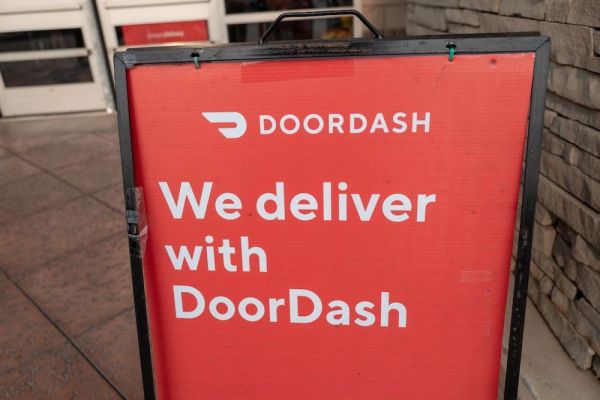Inauguration Day was more accessible than ever, but there’s still a ways to go
Captain Andrea Hall speaking and signing the Pledge of Allegiance during the presidential inauguration. | Photo by Erin Schaff / Pool / AFP via Getty ImagesFirefighter Andrea Hall put accessible communication front and center at the presidential inauguration today...

Firefighter Andrea Hall put accessible communication front and center at the presidential inauguration today when she led the Pledge of Allegiance in both spoken English and Signed English. The inaugural committee also hosted several separate accessible live streams of the event on its YouTube page, including one with audio description, one with live captions and American Sign Language interpretation, and one with Cued Speech transliteration (the use of hand shapes to signal speech sounds).
But despite those efforts, many deaf and hard of hearing viewers still found the inauguration inaccessible. Most broadcast stations didn’t have an ASL interpreter on-screen and used automated captions, which are notoriously inaccurate. In what some saw as a particularly frustrating move, several live streams switched to a wide shot of the crowd in the middle of Hall’s signing of the pledge, cutting off the only portion of the event during which signing appeared at center stage.
CNN also cut away from this to show the crowd. So, we still have some work to do to get people to understand accessibility.
BUT it was good to see accessibility included in the inauguration. I hope that Biden will continue to push for positive changes for disabled Americans. https://t.co/PnaPUZ7t0q
Although the “Accessible Inauguration” page was a change of pace for those who’ve grown used to being excluded from these kinds of events, many people didn’t know to look there for the appropriate stream. Both the audio description and Cued Speech transliteration streams were unlisted on YouTube, meaning you’d have to know to go to that page to get the links for them. Throughout the event, people on Twitter asked where they could find a stream with an ASL interpreter or expressed frustration that there were no interpreters at the event.
The reliability of the official interpreted streams was also spotty in some cases. There were several stretches of time when the picture-in-picture of the ASL interpreter disappeared from the screen, leaving chunks of speech inaccessible. The most consistently interpreted stream was the “Inaugural Celebration for Young Americans” hosted by Keke Palmer, but it was specifically directed at children, and deaf adults shouldn’t have to rely on programming for kids.
The new administration’s prioritization of accessibility is an exciting step, and the availability of such a variety of accessible sources is a big deal for many disabled Americans. But there’s still work to be done to ensure accessible options are reliable and easily available across all platforms.

 Troov
Troov 































